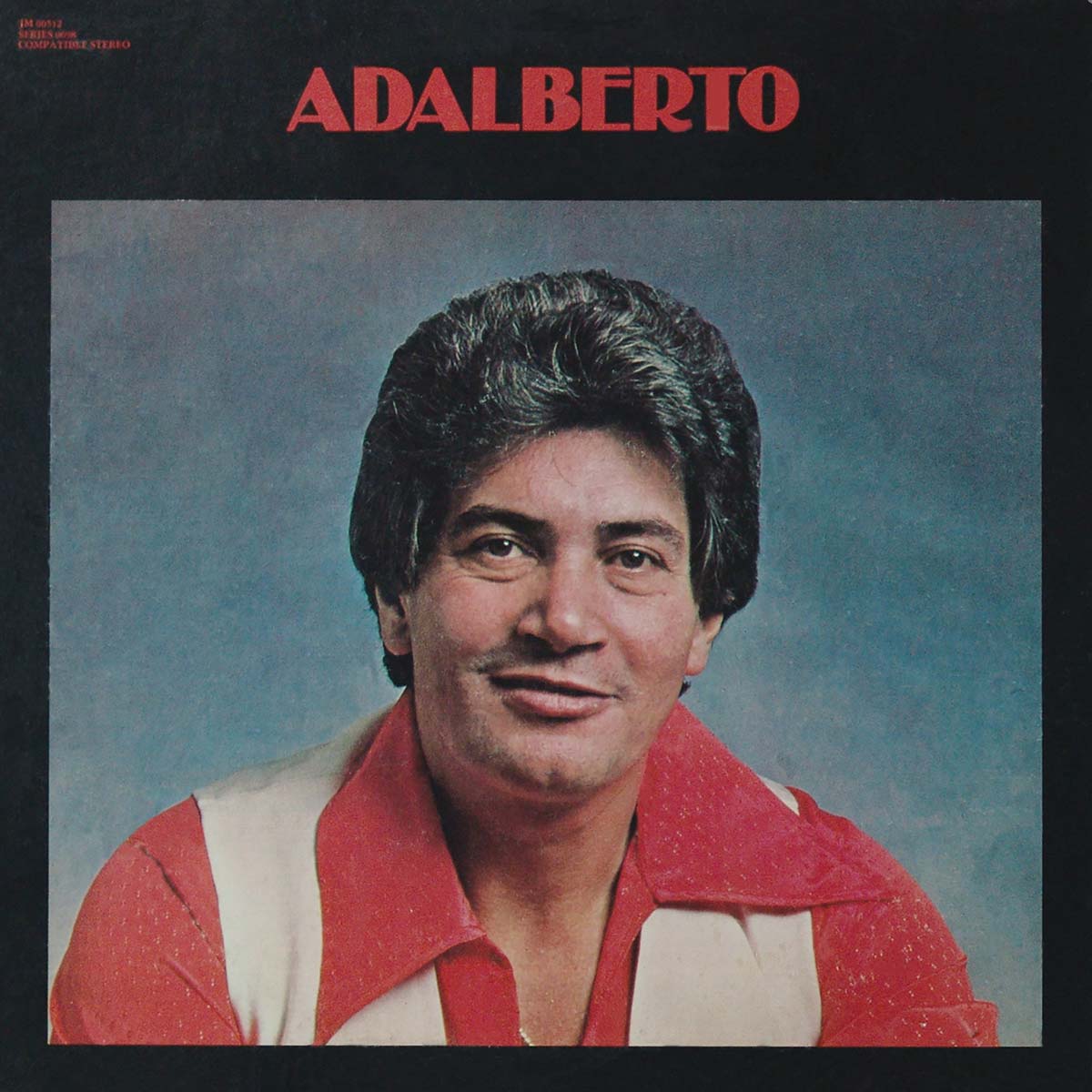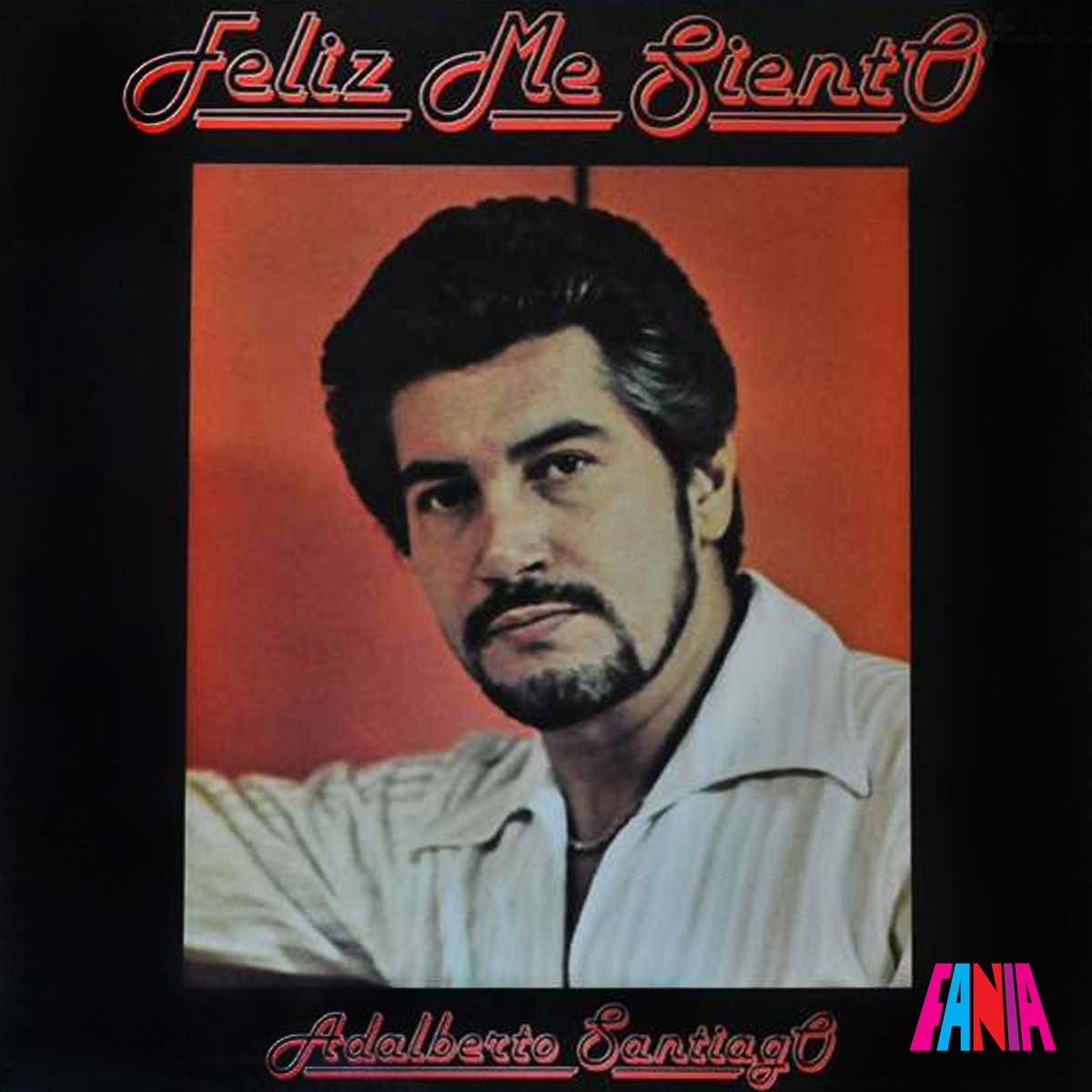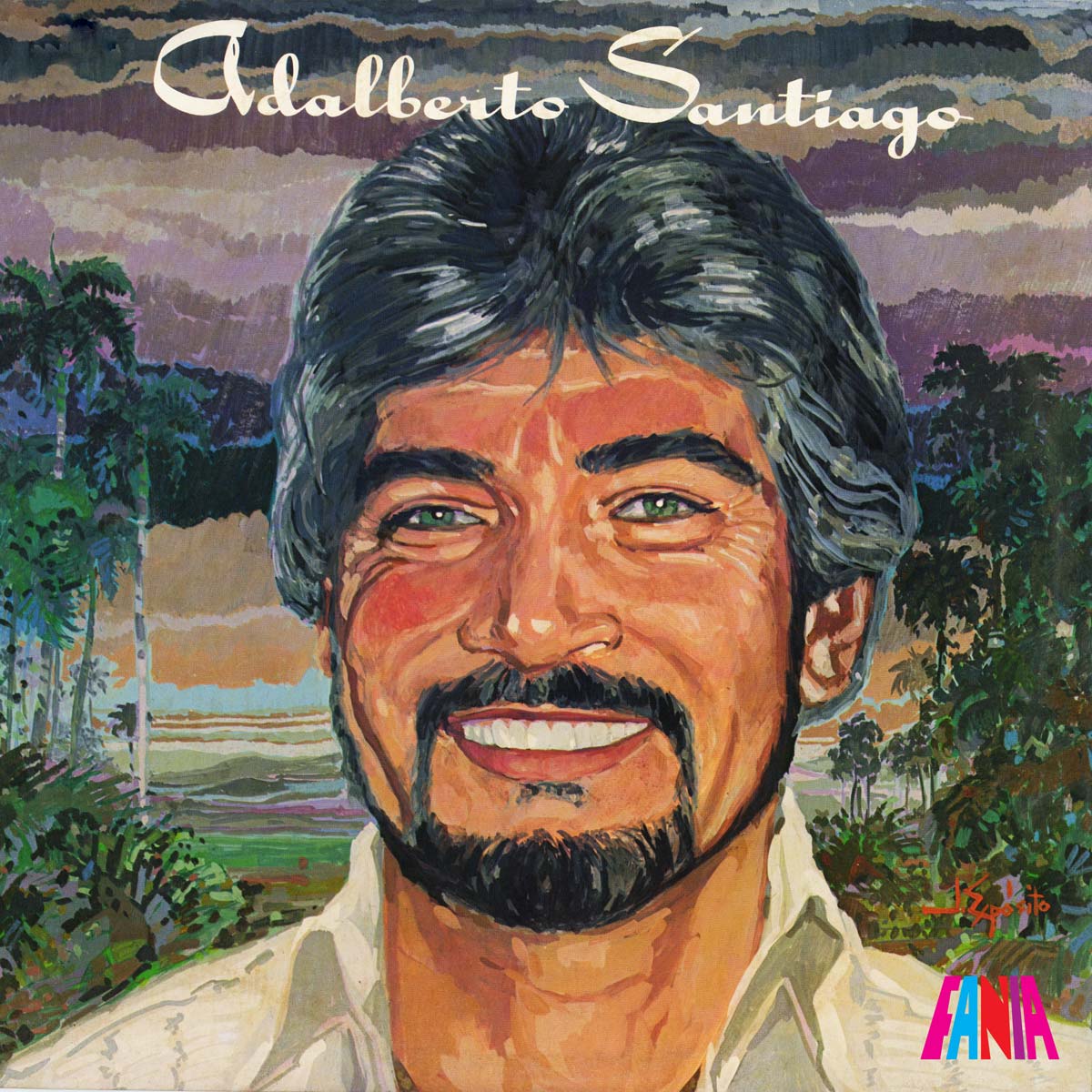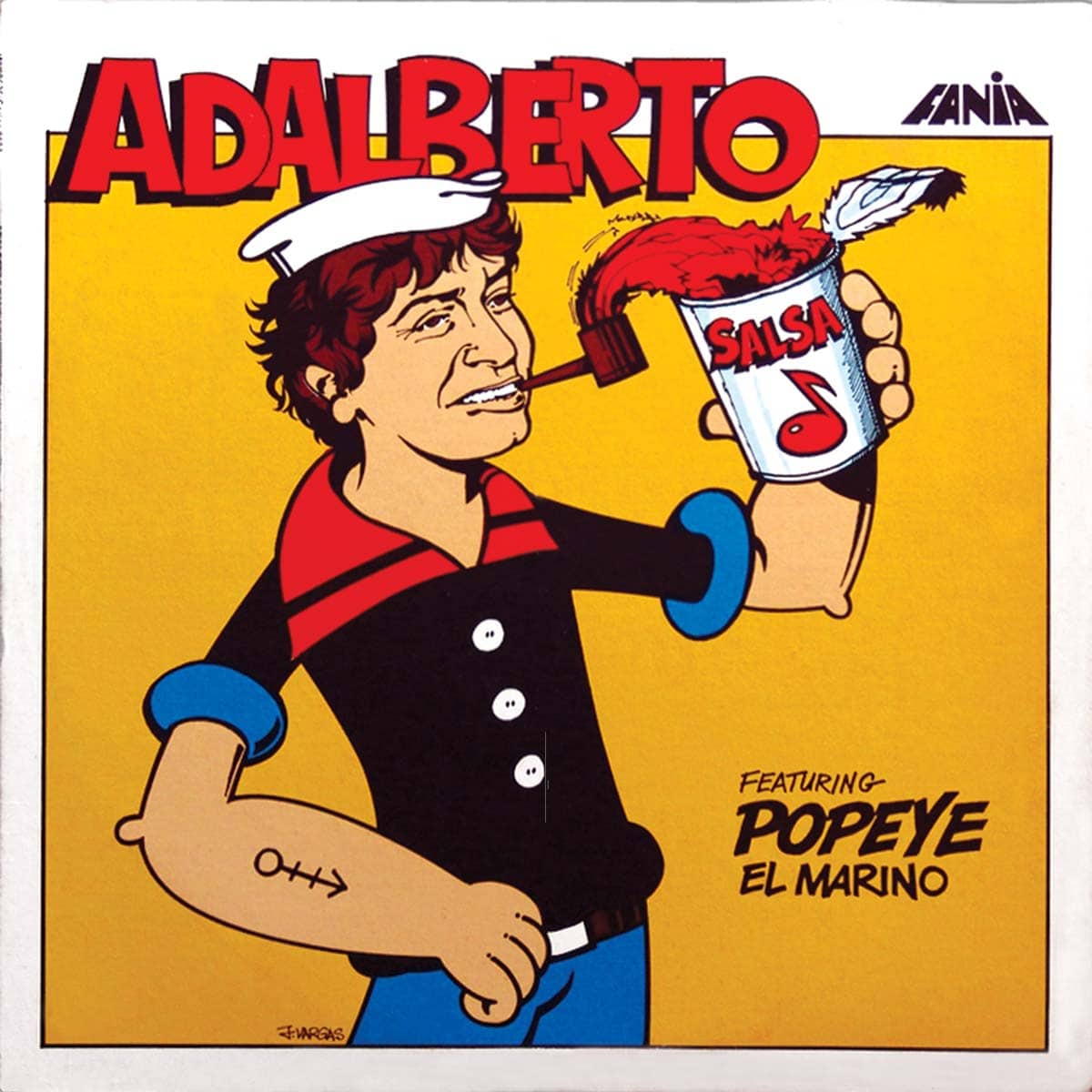
There is so much to say about Adalberto Santiago. Undoubtedly one of the greatest talents in the history of the musical genre we know as salsa, the boricua singer has shone on every stage and in every musical genre to which he has lent his enormous voice. Born in the Pozas neighborhood of Ciales, Puerto Rico, the singer began performing with boricua trios, establishing himself also as a bassist and guitarist. He enjoyed some success with the bands directed by Chuito Vélez, Willie Rodriguez, and Willie Rosario, but it was his 1966 partnership with Ray Barretto in New York that launched him into stardom. Arriving in New York, Adalberto found the perfect combination in Barretto and his orchestra. Alongside Barretto, the singer unleashed a long series of hits that include many of the most popular numbers in the history of salsa. With a terrific register and an unmistakable voice, Adalberto became a favorite among fans right from the start. “Salsa y dulzura,” “Bilongo,” “Fuego y pa’lante,” “Son con cuero,” “Mírame de frente,” “Adivíname y olvídate,” “ Hipocresía y falsedad,” “Tin tin deo,” “Al ver sus campos lloró,” “Sola te dejaré,” “La flor de los lindos campos,” “Cocinando,” and the bolero classic, “Alma con alma”… In short, an unending list of hits that earned him a special place in the hearts of all salsa musicians, and a prominent spot with the Fania All Stars. Alas, nothing lasts forever. Ray Barretto decided he needed to test his musical boundaries and explore the jazz scene; his musicians, including Santiago, were forced to find other alternatives. Adalberto remained undaunted, and continued his work on the salsa scene, alongside Típica 73 and later, Adalberto y los Kimbios.
He continued churning out the hits, both for the radio, and New York dancers. With the Kimbios, Adalberto revived the classic “Lágrimas negras” in his unparalleled style. He also tackled numbers such as “Persistiré,” arranged by Jorge Millet, “Probando,” and “Yo sé que un día.” Adalberto also paired up with several members of the famed Sonora Matancera in an exploration of Cuban roots, creating one of the band’s best musical productions. On this album, Adalberto Santiago demonstrates his incredible abilities with the sizzling “Mi guajiro/Se va mi querer,” the traditional “Sarandonga,” and the rhythmic “Fuego y candela.” With this series of hits, the talented singer proved that he could hold his own without the support of Ray Barretto. During that time, Jerry Masucci, the president of Fania Records, embarked on yet another of his famous “marketing transitions.”
One of the projects on his agenda was to begin recording each of the singers on his label as soloists. Adalberto Santiago eventually got his turn, and the result is the album you now hold in your hands: one the singer took very seriously and put his entire heart into. It may be the most complete production in this great Puerto Rican singer’s musical career. This album, which marks Adalberto’s debut as a soloist, showcases the singer’s innate ability to stand out against a wide variety of Afro-Caribbean rhythms, including the guaracha, the guaguancó, and the traditional Son Montuno. Catalino “Tite” Curet Alonso’s fantastic number, “Imposible ha de ser,” was the biggest hit on the album, and enjoyed the greatest circulation. However, the rest of the songs, although they did not receive the support expected by the singer and his fans, demonstrate Adalberto’s interpretive ability and are the sign of first-rate musical talent. Songs such as “La caña,” “Llévale a mi amor,” “Las puertas de mi casa,” “Tú me desesperas,” “Luces de Nueva York,” “Tirita,” and “Llévame” are all the numerous fans of this great singer need to appreciate his talent. Adalberto Santiago’s debut as a soloist exemplifies the old adage, “He who knows, knows.” And there is no doubt that when it comes to Afro-Caribbean rhythms, Adalberto knows.
Musicians: Salvador Cuevas – Bass Pablo Dominguez – Trumpet Robert Rodriguez – Trumpet Joe Mannozzi – Piano Eddie Montalvo – Conga Charlie Santiago – Bongo Adalberto Santiago – Guiro & Maracas Orestes Vilato – Timbales Special Guests: Kako – Quinto & Caja on Llevale A Mi Amor Demetrio Gonzalez (Mollejita) – Sax on Tirita Bienvenido Gonzalez (Pito) – Tambora on Tirita Calos Lalane – Piano on Tirita Santiago Ceron – Guiro on Tirita Chorus: Nancy O’Neil on Llevale A Mi Amor and Tirita; Nestor Sanchez, Menique & Adalberto Santiago. Produced by: Ray Barretto Juan Moreno Velázquez







